POL Value Accrual #1: Agglayer + Polygon
POL accrues value as the utility token for two crucial crypto ecosystems
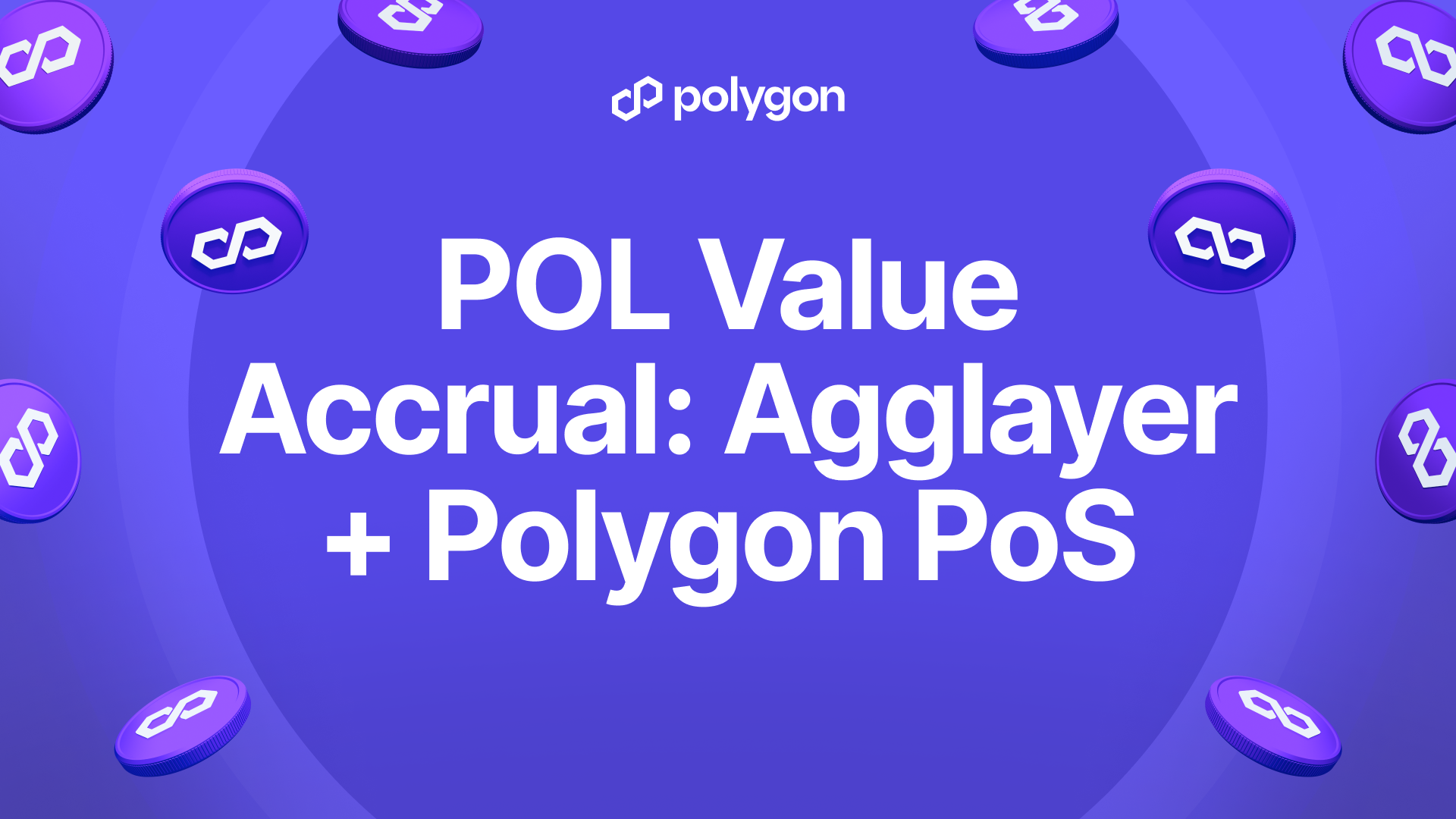
tl;dr
- POL staking powers Agglayer and Polygon PoS—stakers earn from doing the work
- Agglayer: POL stakers earn fees by contributing to core Agglayer features—settlement, fast interop, and atomicity
- Agglayer fees to POL stakers scale through network effects—more chains, more assets, more volume, more economic value flowing to POL stakers
- Next Agglayer release adds support for different chain stacks
- Agglayer connected chains are fully sovereign
- Polygon PoS: POL stakers earn fees by contributing to Polygon PoS security and validating transactions
- Polygon PoS ecosystem is dominating on payments and RWAs
- Plans for exciting scaling upgrades to increase network capacity (Gigagas?) will be brought to community soon for discussion
POL accrues value as the utility token for two crucial crypto ecosystems: Agglayer, the cross-chain settlement layer unifying all of web3, and the Polygon PoS network, the popular chain where apps breakout, and payments and RWA thrive.
This post clarifies the mechanisms through which POL stakers earn from doing the work for these two protocols. While we’ve touched on this expanded utility before, we wanted to provide clarity on POL’s central utility to Agglayer.
For Agglayer, POL stakers earn revenue from core features and cross-chain activity on Agglayer—which grows with network effects. Staking POL powers key features of Agglayer with the greatest benefit for users, such as fast interop and atomicity.
In short, POL is the Agglayer token.
For Polygon PoS, which is already widely adopted and sees millions of monthly users, the community will soon have the chance to discuss and align on a vision for a number of competitive upgrades in the coming months. The vision is to transform the network into a high-throughput powerhouse, secured by POL as the gas and staking token.
We dive deeper into each of these value streams below.

POL will power Agglayer’s most valuable features
Agglayer’s strategy recognizes that no single chain will ever be sufficient to scale crypto. The vision is simple but ambitious: unify every chain to build a trustless internet that is easy to use. Right now, walled gardens and fragmented liquidity prevent crypto from reaching mass adoption. Playing the “single chain game” leads to short term benefits at the cost of longterm sustainability.
What matters for Agglayer is revenue generated by network effects, the phenomenon where a network’s value increases with every new participant.
In Agglayer’s case, every connected chain amplifies the benefits and appeal of the entire ecosystem. More chains, more assets, more volume, more liquidity, more transactions, more fees—which lead to increasingly attractive reasons to stake POL and power Agglayer.
POL captures the value of ever-increasing revenue through staking. To operate the network’s most beneficial features, spelled out below, staked POL is required.
For now, the staking mechanics and interface for Agglayer remain in development. The priority is to get as many chains as possible to connect. Nine chains and counting are live on mainnet, with more joining soon. Agglayer is aggressively expanding its reach and growing overall network effects.
In this unified ecosystem, POL stakers power core features that make Agglayer attractive—driving network effects and increased revenue in a virtuous cycle.
Let’s break down the most beneficial features that staking POL will enable in Agglayer:
Aggregated settlement fees, for efficiency and access to unified liquidity
Agglayer settlement to L1 will be fee-based, with value flowing to POL stakers.
Instead of each chain paying costs to settle individually, Agglayer bundles everything together, making the process more efficient and cost-effective—both for chains and users. Aggregation itself requires significant computation that, alone, will likely also generate fees, which will be earned by POL stakers.
Agglayer revenue captures the spread between what it costs to settle the aggregated network versus what each chain would pay individually.
This settlement style benefits everyone: instead of paying full costs to settle a transaction individually, users end up paying a much smaller amount for the best cross-chain UX. Settlement fees are a natural revenue stream for Agglayer.
Revenue generated by settlement volume, regardless of the token used to pay for settlement, returns to POL stakers. While the exact fee structure for aggregated settlement is still being finalized, the big picture is clear: settling together is cheaper than settling separately, and POL stakers provide and benefit from this efficiency.
Fast interop fees, for speed
Cross-chain interop should be measured in seconds, not minutes.
In the next release, H2 of this year, Agglayer brings fast cross-chain interoperability through a process of “preconfirmations.” Secure, fast interop kills cross-chain wait time for users and developers, giving the web of networks the feel of a single chain.
And for network participants to enjoy fast interop, chains must pay higher fees. While fee mechanisms remain under consideration, staking POL will benefit from the revenue created.
POL captures the economic benefit generated by the demand of chains that want to go fast.
In the future: potential revenue from near-instant atomic interop
In the future, atomicity will be one of the most powerful UX features in Agglayer, a cross-chain coordination mechanism made possible only through staked POL.
Atomicity refers to the property that a series of actions within a transaction must either all be completed successfully, or none should be completed at all. If any part of an atomic transaction fails, the entire transaction is rolled back to its initial state, ensuring data consistency across multiple chains.
Atomic guarantees are essential to make using an aggregated blockchain ecosystem feel like using a single chain, allowing for low-latency interactions.
While the staking mechanics are still being worked out, the benefits are clear: POL stakers earn rewards for providing this key coordination service.
Meanwhile, chains gain efficiency and cross-chain capabilities that are otherwise impossible. And as more chains join Agglayer, demand for this kind of cross-chain atomic interop will grow, giving users and developers the best experience in the industry.
Chain sovereignty remains a core principle for Agglayer
Right now, Agglayer is growing and imposes no fees. But this will change in the future.
One important aspect to clarify: chains connected to Agglayer remain fully sovereign, with no obligation to pay additional rent. In the future, Agglayer fees can be paid using any token, and fees are usage based—which means flexibility in how chains participate in Agglayer.
Sovereignty, but with connection, is a core Agglayer principle. The vision is for heterogenous chains, of any architecture or security model, to connect seamlessly together. The stack, consensus model, gas tokens, staking tokens, and everything else about a chain are up to builders.
Any chain can join and experience standard Agglayer settlement time—still fast and secure, with low, amortized fees. Chains won’t have to modify architecture or pay up to join. There’s no “law” that must be followed, as security is provided by the pessimistic proof.
Chains that want the benefits above, like fast interop and atomicity, will opt-in. As seen above, these core features rely on the coordination provided by POL staking, with the economic benefits flowing back to stakers.
Which brings us back to where we started: POL staking powers core Agglayer features—and stakers earn from doing the work.

POL powers Polygon PoS to help move money faster
2024 was a breakout year led by apps on Polygon.
Now, Polygon is poised for a number of competitive upgrades that will revamp the network into a high-throughput powerhouse. With Agglayer connectivity on the horizon, Polygon brings more value to Agglayer—while Agglayer will bring more value to Polygon.
We’ll be bringing a roadmap for a revamped Polygon to the community in the coming months for more in-depth discussions.
The value prop for POL on Polygon is clear: staking secures the network, one the most popular chains in crypto, with more than 5M users a month. The $2.2B stablecoin supply and 22M transactions a week in volume consistently rank among the highest across all chains, alongside NFT and gaming activity. Institutions are building on Polygon, attracted to its stability and low-fee environment.
Polygon is consistently, constantly, and ever cooking.
Major upgrades last year paved the way for better UX; apps like Reddit and Polymarket are bringing crypto to the world; the latter has seen over $12B across 90M total predictions.
None of this is possible without POL: POL staking secures the network, and the token serves as the gas token that powers this bustling economy. As Polygon becomes better, as more innovative apps and institutions and everyday users pour into the chain, the token will have even more utility.
This is where POL stakers earn value today: from doing the work for Agglayer + Polygon.
But this is not the only utility for POL. In the next post, we’ll talk about a new program that creates long-term alignment between Agglayer and POL.
The future of Web3 is aggregated.
Website | Farcaster | X (Twitter) | Forum | Telegram | Discord | Instagram | LinkedIn | Polygon Knowledge Layer



.png)
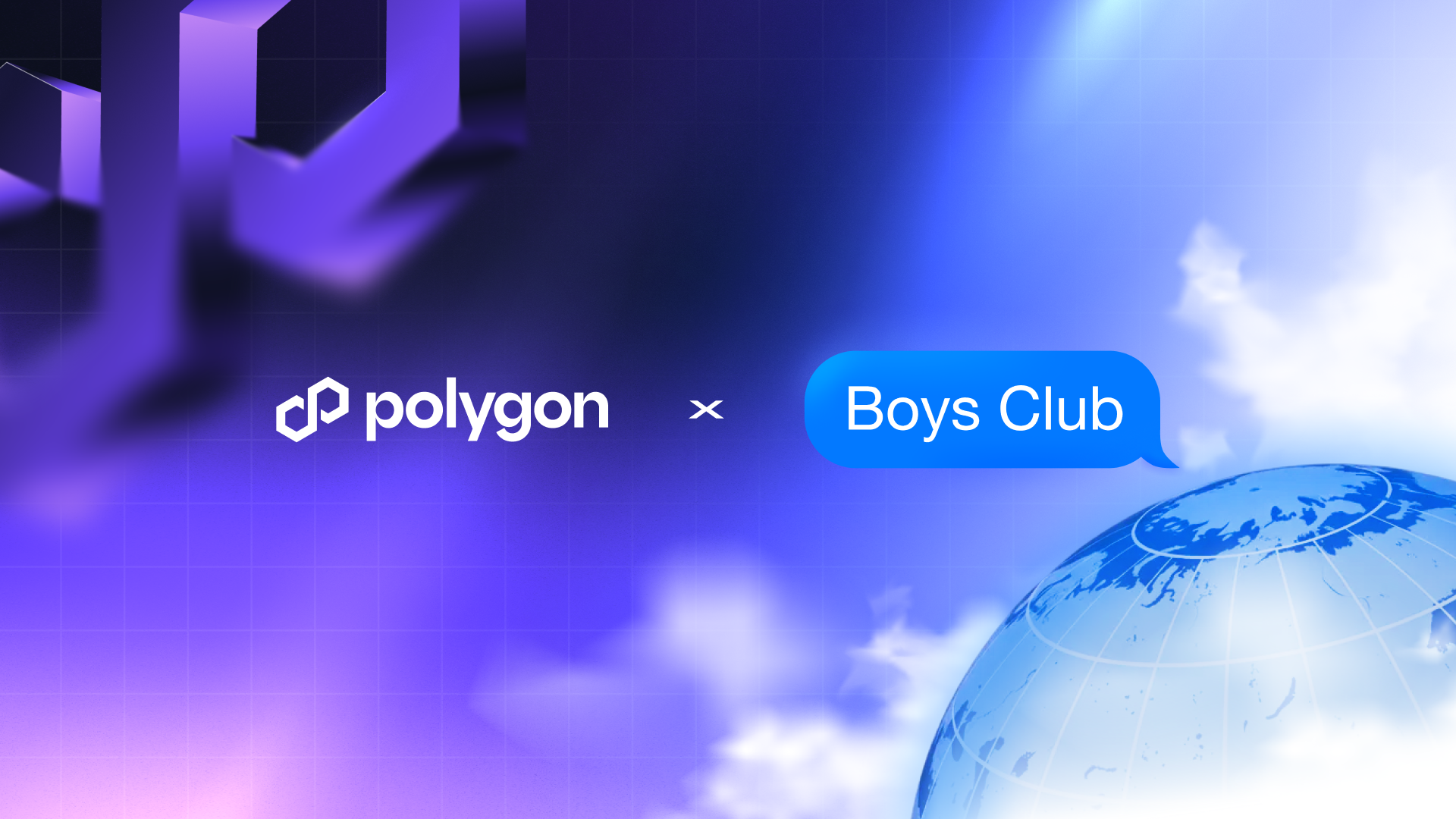

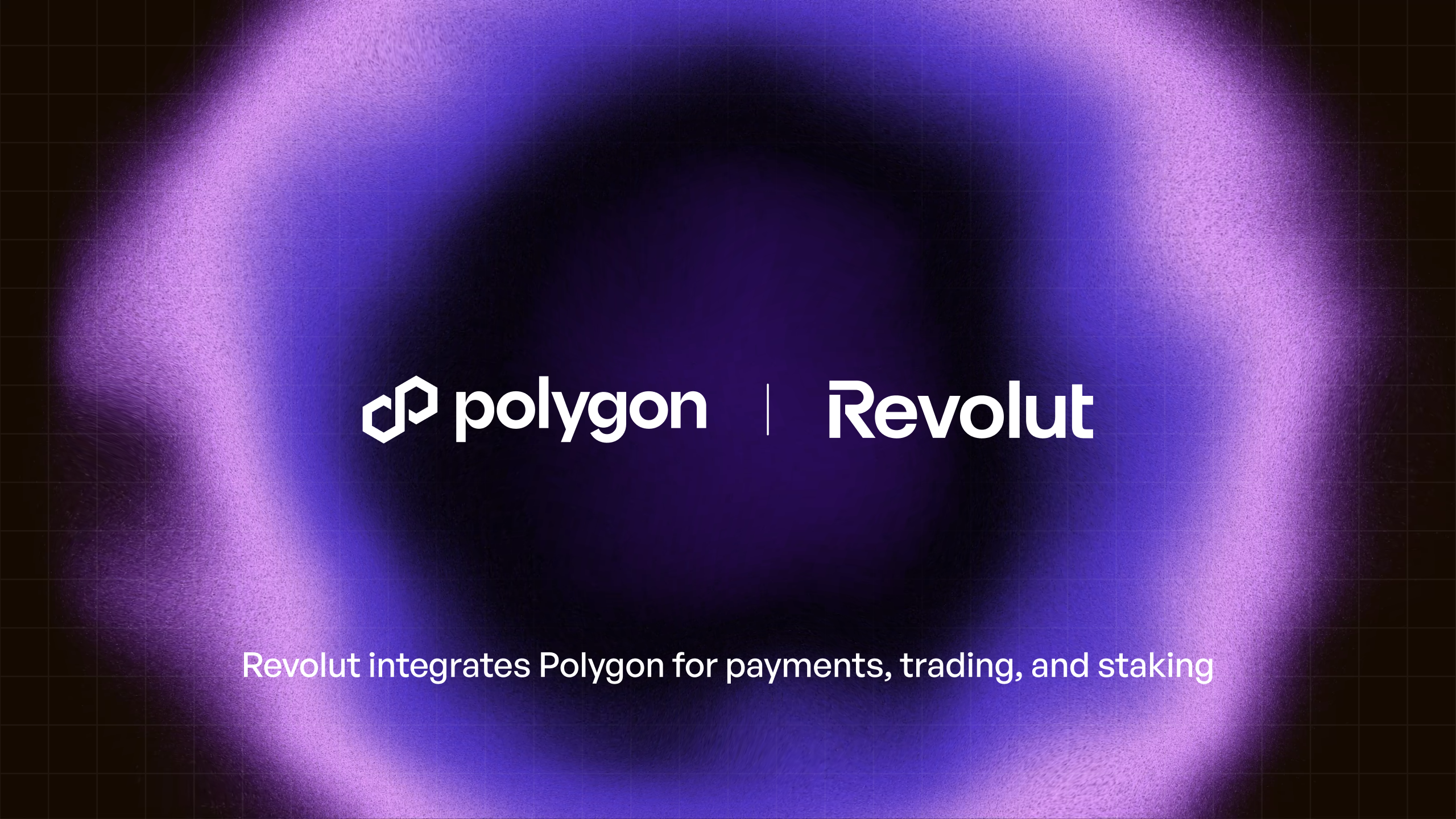
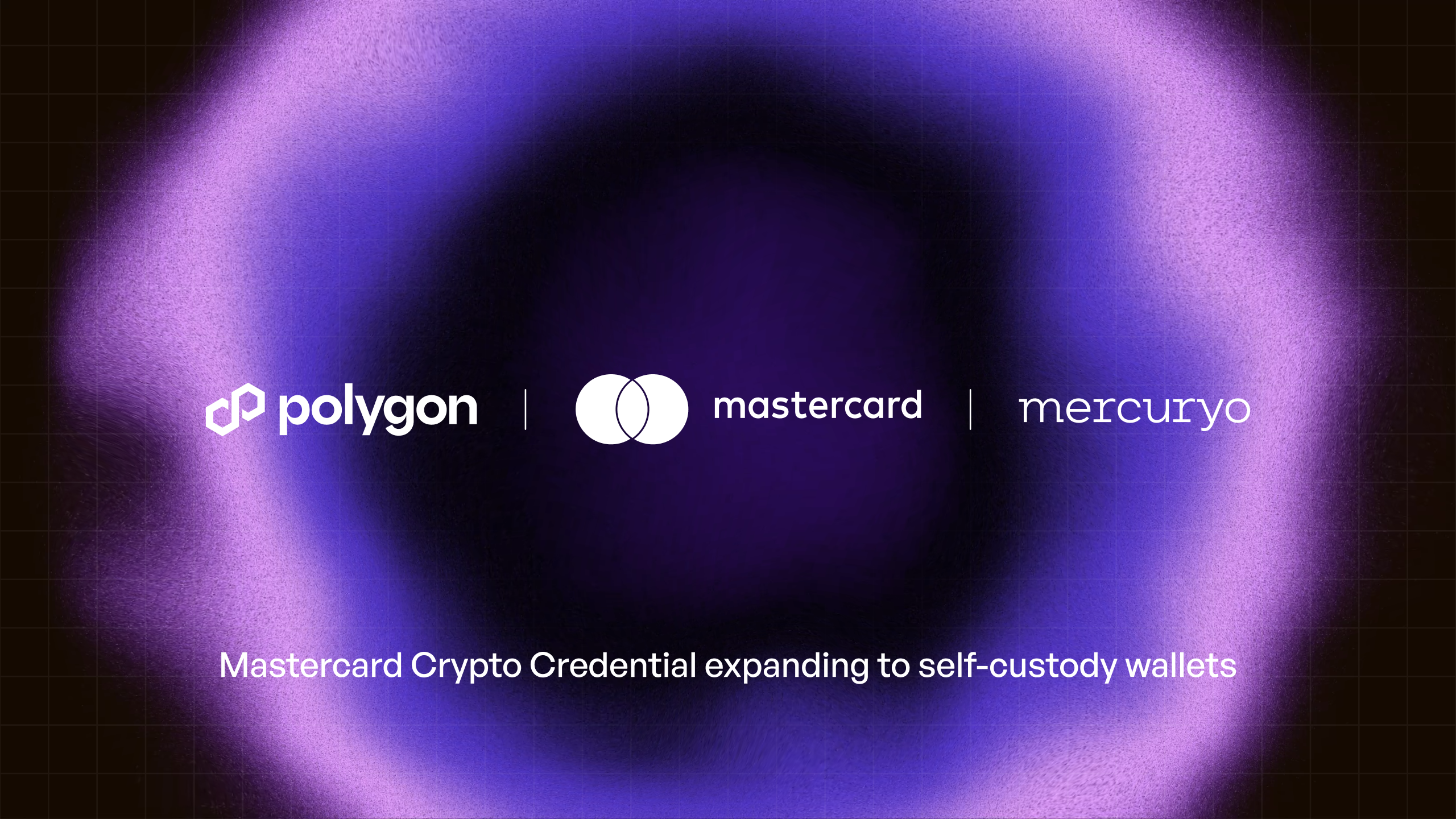
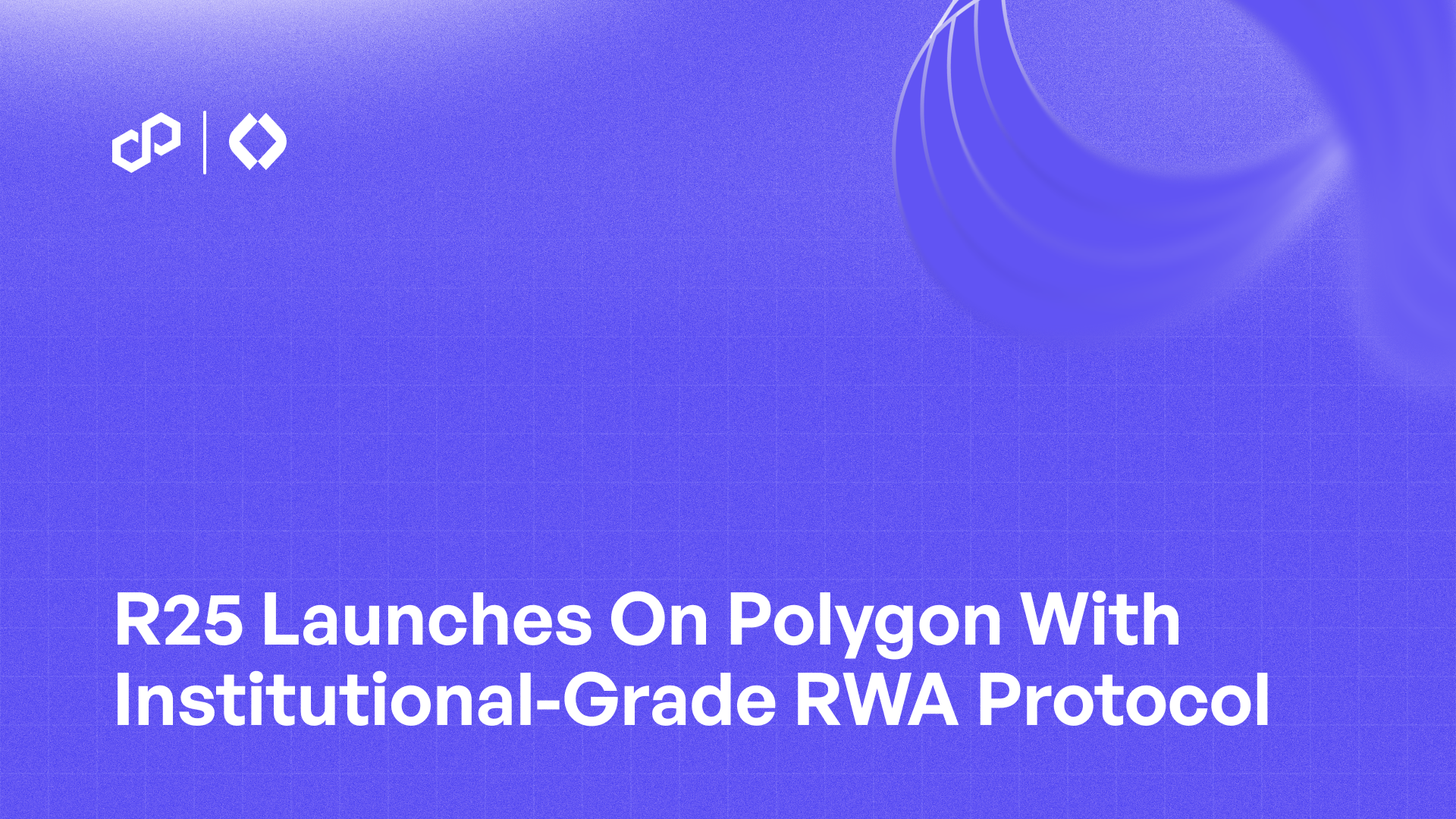
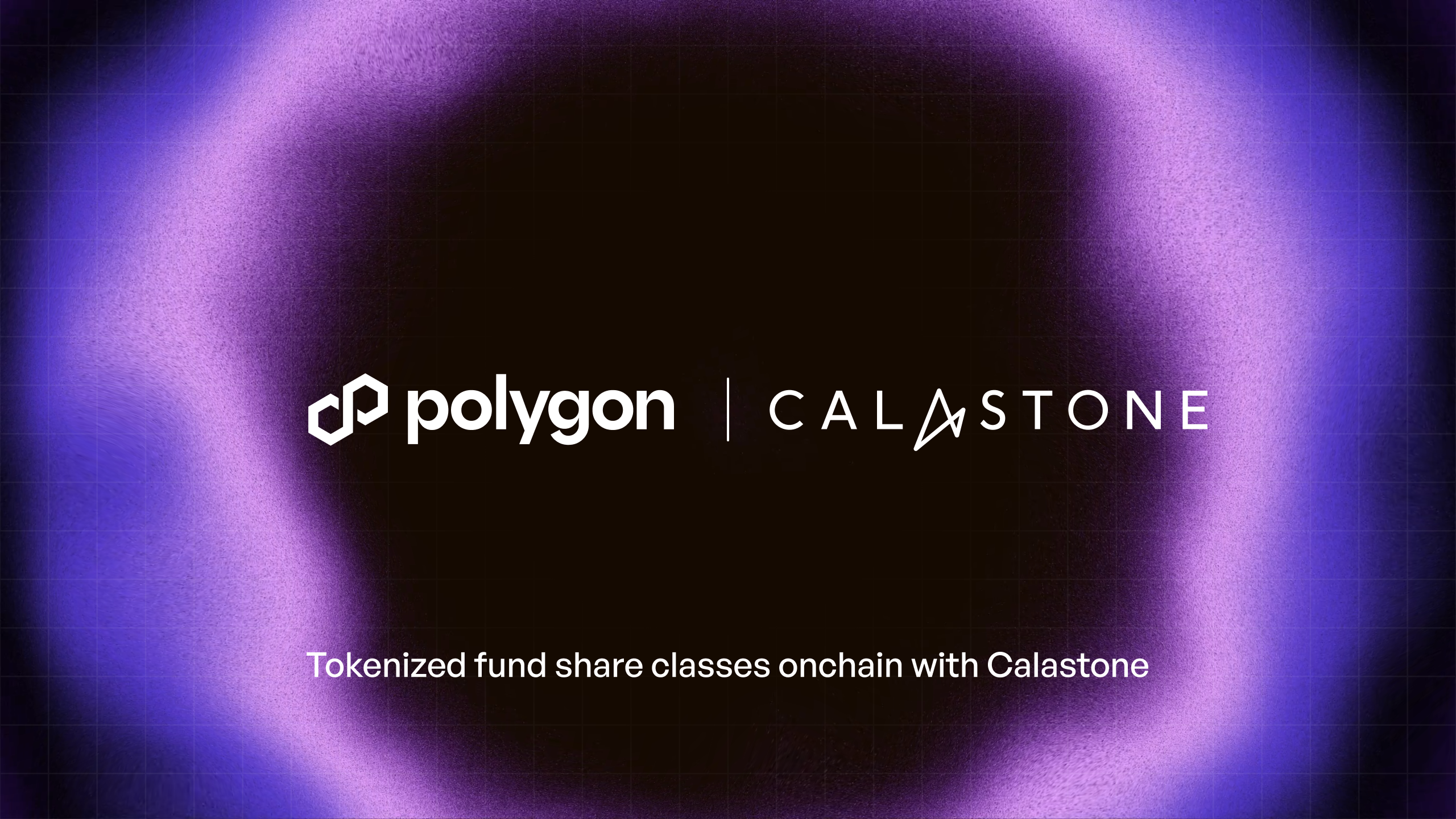
%20(1).png)

.png)
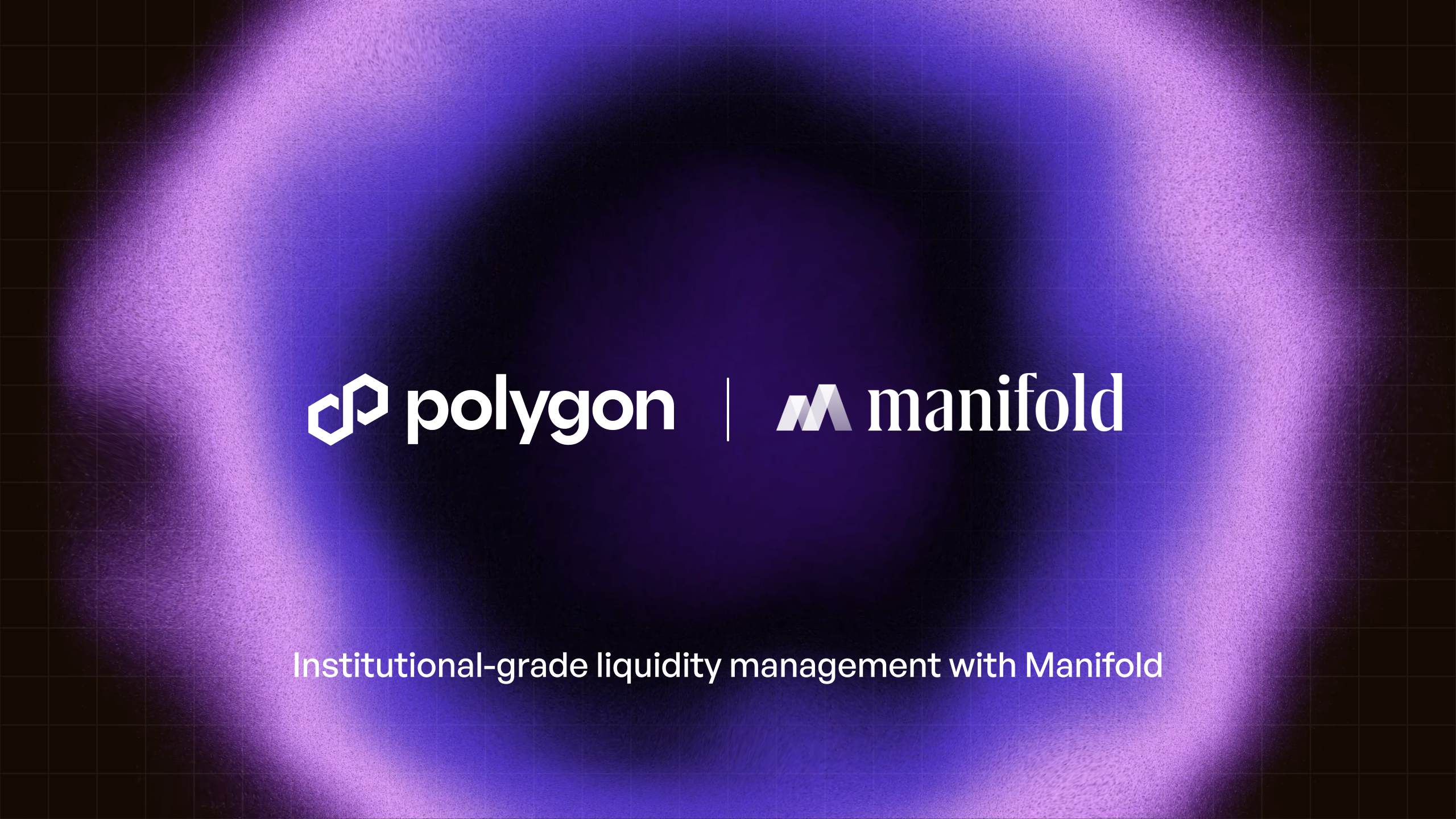
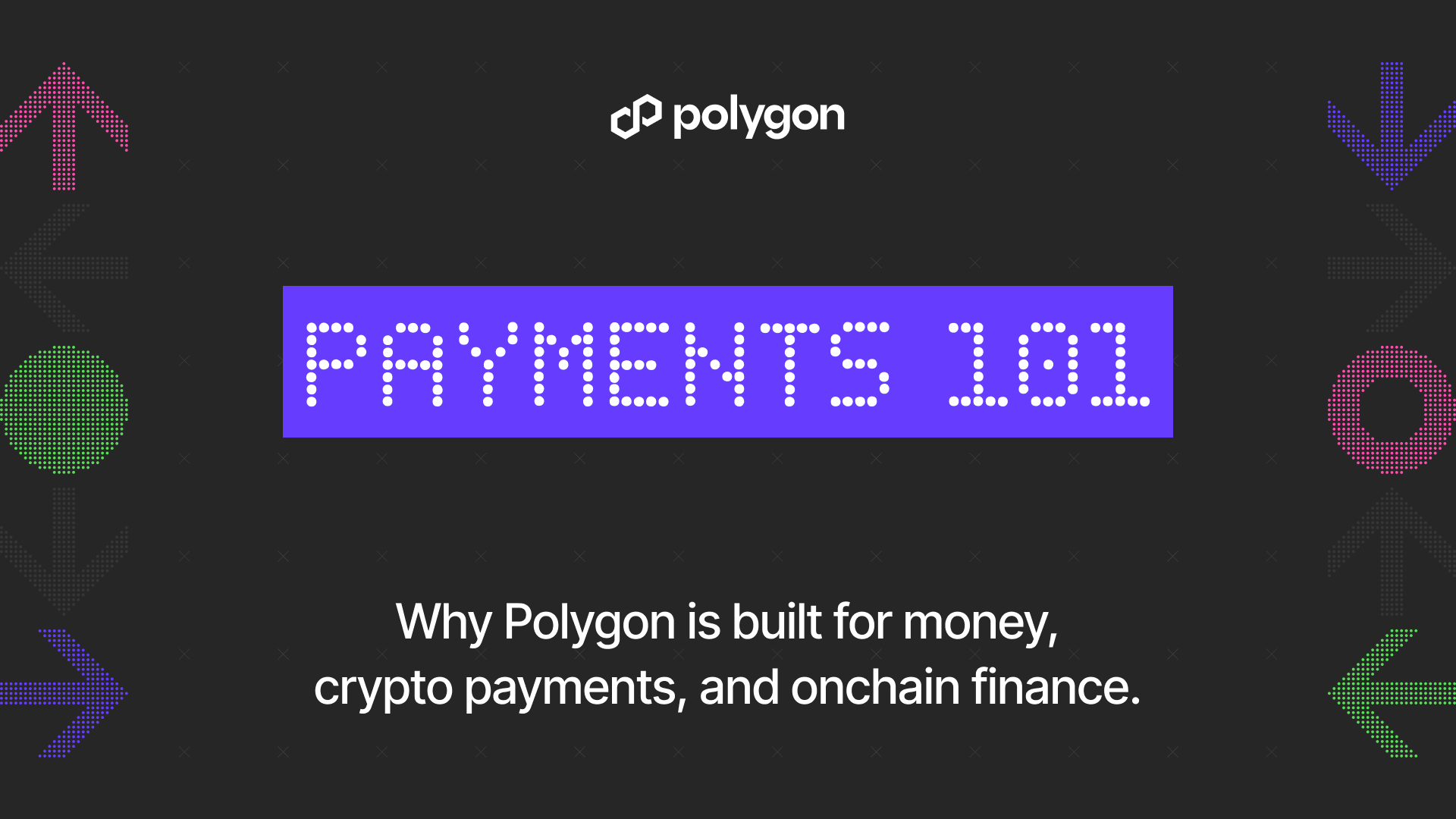
.png)
.png)
.png)